Magneto-optical crystals have emerged as a revolutionary tool in the realms of imaging and sensing. These crystals, with their unique ability to modify the polarization of light in response to an external magnetic field, have opened doors to numerous applications in various fields.
The Science Behind Magneto-Optical Crystals
The intriguing world of optics has been forever changed by the discovery and understanding of the magneto-optical effect. At its core, this effect describes the alteration in the polarization of light as it traverses through certain materials in the presence of a magnetic field. The ability to harness this phenomenon has opened a plethora of applications, from research labs to medical diagnostics. The change in light’s polarization isn’t just an arbitrary shift; it can be precisely measured and evaluated, delivering insights into the nature of materials, magnetic fields, and their interplay.
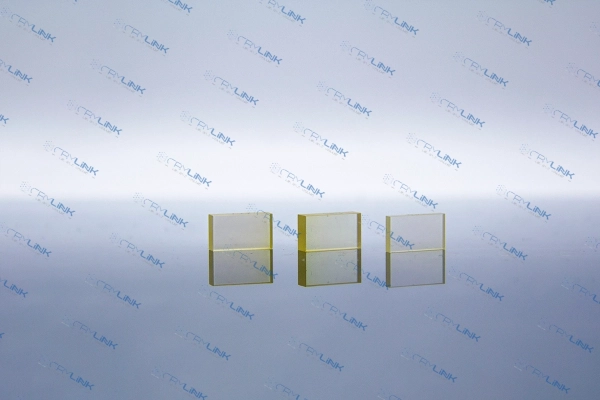
Magneto-Optical Imaging Systems
Diving deeper into practical applications, the emergence and growth of magneto-optical imaging systems mark a significant stride in imaging technology. These systems’ prowess lies in the unparalleled precision and capabilities they bring to the table.
1. Real-time Visualization
In an age where instant feedback can propel scientific experiments or crucial medical diagnoses, magneto-optical imaging shines brightly. It can offer immediate visualization of magnetic patterns and structures. Whether a researcher is studying magnetic materials or a physician is analyzing a patient’s tissues, the real-time data offered by these systems is a game-changer.
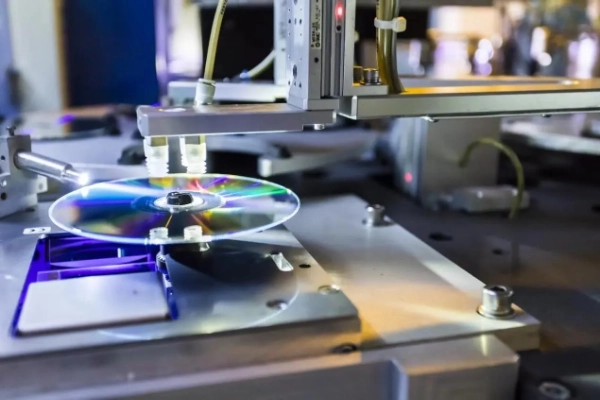
2. High-Resolution Imaging
Detail is paramount in many fields, and magneto-optical systems don’t disappoint. Offering high-resolution imagery, they allow for intricate visualizations down to the minutest structures. In domains like nanotechnology, where understanding structures at an atomic or molecular level is vital, such clarity can significantly advance research and applications.
3. Non-Invasive Analysis
Perhaps one of the most groundbreaking features of magneto-optical imaging is its non-invasive nature. In the medical world, the importance of obtaining clear images without physical intrusion or exposure to potentially harmful radiation is invaluable. Magneto-optical systems promise such non-invasiveness, ensuring patient safety while providing clinicians with the data they need.
Magneto-Optical Sensing Technology
The world of sensors has been set ablaze with the introduction of magneto-optical sensing technology. Thanks to the unrivaled properties of these crystals, the ability to discern the minutiae of magnetic fields has been exponentially improved, leading to groundbreaking applications in varied fields.
1. Magnetic Field Detection
In the expansive world of geology and earth science, the importance of understanding Earth’s magnetic fields cannot be overstated. These fields not only provide insights into the planet’s core but also reveal information about geological structures, tectonic plate movements, and even potential mineral deposits. Magneto-optical sensors, with their heightened sensitivity, can detect even the slightest variations in these magnetic fields. For geologists and earth scientists, this means a deeper understanding of our planet and its myriad phenomena, possibly predicting events like earthquakes or volcanic eruptions with greater accuracy.
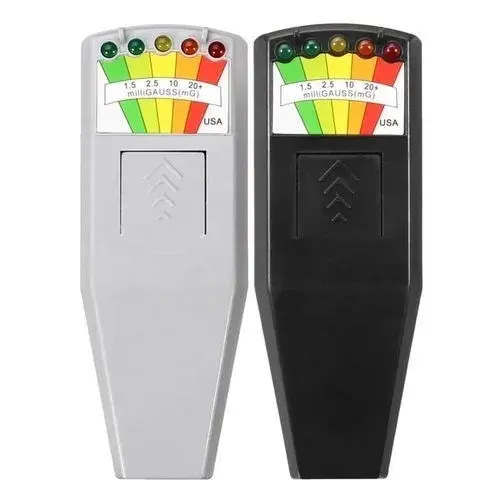
2. Environmental Monitoring
As the environmental concerns rise globally, the need for advanced monitoring systems becomes ever more pressing. Environmental monitoring using magneto-optical sensors can detect pollutants, toxins, and other harmful substances in the environment. Whether it’s traces of heavy metals in water sources or emissions from industrial units, these sensors offer real-time data, enabling authorities to take immediate corrective measures. The fight against pollution and the quest for a sustainable future gains a formidable ally in magneto-optical sensing technology.
3. Defense and Security
In an age where security threats have become increasingly sophisticated, the defense sector is in dire need of advanced detection systems. Magneto-optical sensors, with their ability to detect subtle changes in magnetic fields, are proving to be invaluable. Whether it’s airport security screening for concealed metallic objects or defense agencies detecting hidden explosive devices, these sensors offer an added layer of protection. Their precision ensures that threats are identified early, ensuring safety and security.
In essence, magneto-optical sensing technology is not just a technological marvel but a tool that promises to make the world safer, more informed, and more sustainable.
Applications in Medical Imaging
Medical imaging, a cornerstone of modern healthcare, has witnessed a transformative evolution over the past few decades. With every technological advancement, we have moved closer to more accurate diagnostics and therapeutic interventions. One of the most promising entrants in this evolution is magneto-optical technology. Its precision, non-invasiveness, and unparalleled resolution promise a paradigm shift in how we visualize and understand the human body.
1. Magnetic Resonance Imaging (MRI)
MRI has long been revered for its ability to produce detailed images of the body’s interior without the use of harmful radiation. However, even this stalwart of medical imaging has room for improvement. The introduction of magneto-optical crystals in MRI technology can dramatically enhance its resolution. Imagine the ability to see the minutiae of tissues, identifying even the tiniest aberrations that might indicate a pathological condition. By incorporating magneto-optical crystals, MRI can produce clearer and more detailed images, potentially catching conditions at earlier stages and improving patient outcomes.
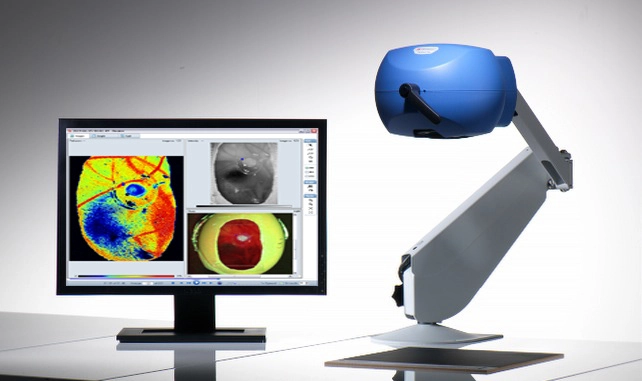
2. Cardiovascular Imaging
The heart, with its rhythmic pulsations and intricate network of vessels, demands real-time imaging for accurate diagnostics. Cardiovascular imaging through magneto-optical systems offers this and more. These systems can visualize blood flow in real-time, identifying any disruptions or anomalies. Whether it’s a blockage in a major artery or an irregularity in the heart’s rhythm, magneto-optical imaging can detect it. Such insights are invaluable in cardiovascular care, ensuring timely interventions and potentially saving lives.
3. Neural Imaging
The human brain, a complex network of neurons, remains one of the most intriguing frontiers in medical research. Neural imaging using magneto-optical sensing is poised to revolutionize our understanding of this organ. Every thought, every emotion, every command that our brain sends is accompanied by minute magnetic fields. Capturing these magnetic fields can provide insights into neural pathways and brain activity patterns. With magneto-optical technology, detecting these magnetic fields becomes feasible. Such capabilities can aid in advanced neural research, potentially leading to breakthrough treatments for neurodegenerative diseases and other neural disorders.
In conclusion, magneto-optical technology, with its precision and superior imaging capabilities, is set to redefine the landscape of medical imaging. Whether it’s visualizing the human heart or understanding the intricacies of the brain, magneto-optical systems are opening doors to a future where medical interventions are more precise, timely, and effective.
Applications in Materials Research
The burgeoning field of materials research, ever-evolving and critical to technological advancements, has found an invaluable ally in magneto-optical crystals. Their distinctive properties and interactions with light provide tools that material scientists had only dreamt of a few decades ago. As we delve deeper into how these crystals are reshaping research methodologies and outcomes, their profound impact becomes unmistakably clear.
1. Studying Magnetic Properties
One of the standout applications of magneto-optical crystals lies in the domain of magnetic property analysis. Earlier, the study of magnetic properties was restrictive due to limitations in precision and the granularity of data. Now, armed with magneto-optical crystals, researchers can probe into materials with unprecedented accuracy. This has been a game-changer, especially in fields that are at the forefront of technology, such as semiconductors and nanotechnology. For instance, the quest for faster and more efficient memory devices in computing relies heavily on understanding magnetic properties at a deep level. Magneto-optical systems offer insights that help researchers develop new materials or optimize existing ones, pushing the boundaries of what’s possible in electronics and beyond.
2. Quality Control
Quality assurance is paramount in any industry, but when it comes to materials that find applications in critical sectors like electronics, aviation, or medical devices, there’s absolutely no room for error. Recognizing the reliability and precision offered by magneto-optical imaging systems, industries are increasingly integrating them into their quality control processes. These systems can detect even the most minute imperfections or inconsistencies in magnetic materials. For a sector like aviation, where the integrity of materials can be a matter of life and death, the ability to thoroughly vet materials through magneto-optical methods becomes invaluable. It’s not just about ensuring quality; it’s about guaranteeing safety and reliability.
3. Nanoscale Imaging
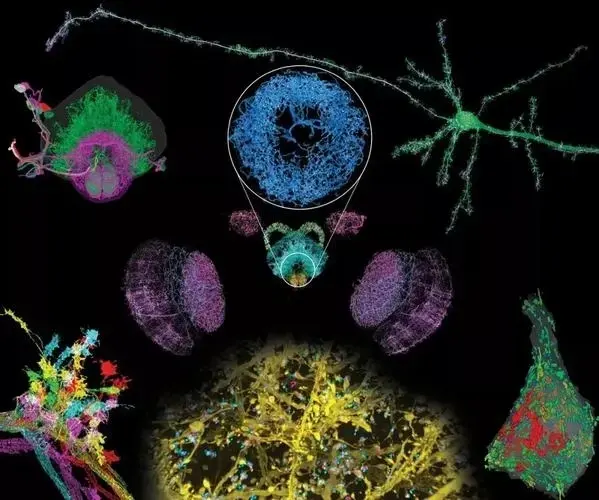
The nano-world, a realm where traditional imaging techniques often falter, is now more accessible than ever, thanks to the high-resolution prowess of magneto-optical systems. The intricacies and phenomena at the nanoscale are often the keys to groundbreaking innovations in material science. Be it observing the behavior of nanoparticles under different conditions or understanding the intricate structures of nanocomposites, magneto-optical systems illuminate the nanoworld like never before. Researchers can not only visualize but also derive insights that were previously elusive, propelling the field of material science into new frontiers.
In essence, the integration of magneto-optical crystals into materials research has not just supplemented existing methodologies but has revolutionized them. As we stand on the cusp of material science breakthroughs that promise to reshape our world, the role of magneto-optical systems remains pivotal.
Conclusion
Magneto-optical crystals have significantly broadened the horizons of imaging and sensing. From advancing medical diagnostics to propelling research in materials science, their applications are vast and transformative. As technology continues to evolve, the potential of magneto-optical crystals will undoubtedly be leveraged in even more innovative ways, heralding a new era of precision and discovery.
FAQs
- What is the magneto-optical effect?
- It’s the phenomenon where the polarization of light changes as it passes through a material influenced by a magnetic field.
- How do magneto-optical imaging systems provide real-time feedback?
- These systems visualize magnetic patterns in real-time, offering immediate insights and analysis.
- Why is magneto-optical imaging considered non-invasive?
- It does not require any physical intrusion or contact, making it ideal for medical applications where minimal intervention is desired.
- In what way is magneto-optical sensing technology used in defense?
- These sensors detect subtle magnetic field changes, effective for finding concealed metallic objects or devices.
- How are magneto-optical crystals revolutionizing MRI?
- By providing higher resolution and clarity, they enhance the quality of images obtained through MRI, leading to better diagnostics.

Frank
Frank graduated from the University of Shanghai for Science and Technology, majoring in optics. As a technical engineer at Crylink Company, he deeply understands crystal materials and laser components.
Related Video(s) with this Article
Related Product(s) with this Article
Related Application(s) with this Article
